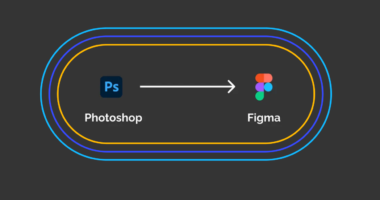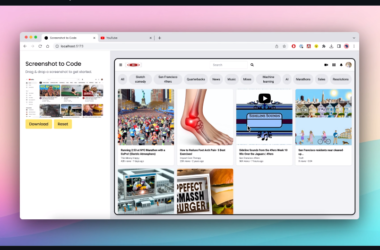
Azure Virtual Desktop (AVD) provides a secure way for users to connect to virtual desktops and applications. In this post, we’ll cover the key steps involved in the client connection process, explain the role of reverse connect transport, and highlight how security is maintained throughout the process.
1. Reverse Connect Transport
Azure Virtual Desktop uses reverse connect transport to manage communication between the client and session host. Unlike traditional methods that require open ports on the session host, reverse connect transport eliminates the need for inbound TCP connections. This enhances security by keeping session hosts protected behind firewalls, while all communication flows through the Azure Gateway over HTTPS.
2. Session Host Communication
Once the user initiates a session, the session host and the Azure Virtual Desktop broker work together to manage the session. The broker identifies available session hosts and assigns users based on load balancing and resource availability, ensuring a seamless connection experience.
3. Client Connection Sequence
When a user connects to Azure Virtual Desktop, the following steps take place:
- Launching the AVD Client: The user opens the Azure Virtual Desktop Client on their device.
- Authentication with Azure AD: The user’s credentials are authenticated via Azure Active Directory (Azure AD).
- Token Validation: Once authenticated, the client receives an access token, which is validated by the Azure Virtual Desktop infrastructure.
- Assigning a Session Host: The infrastructure assigns the user to a session host based on available resources.
- Setting Up the Connection: The AVD client retrieves configuration details from the session host.
- Reverse Connect: The connection between the user’s device and the session host is established using reverse connect transport, avoiding the need for direct inbound connections.
- Session Start: The user is now connected to their virtual desktop or application.
4. Connection Security
Security is a key aspect of Azure Virtual Desktop. All communication between the client and the session host is encrypted using TLS 1.2. Both the client and the session host must support this level of encryption to ensure a secure connection. Additionally, Azure Virtual Desktop uses Azure AD for authentication, further protecting the environment.
For more details on security, visit:
Azure Virtual Desktop Connection Security.
Conclusion
The client connection process in Azure Virtual Desktop is designed to ensure a smooth, secure experience for users. With reverse connect transport, secure authentication, and load balancing, AVD ensures users can connect to their virtual desktops reliably and securely.





